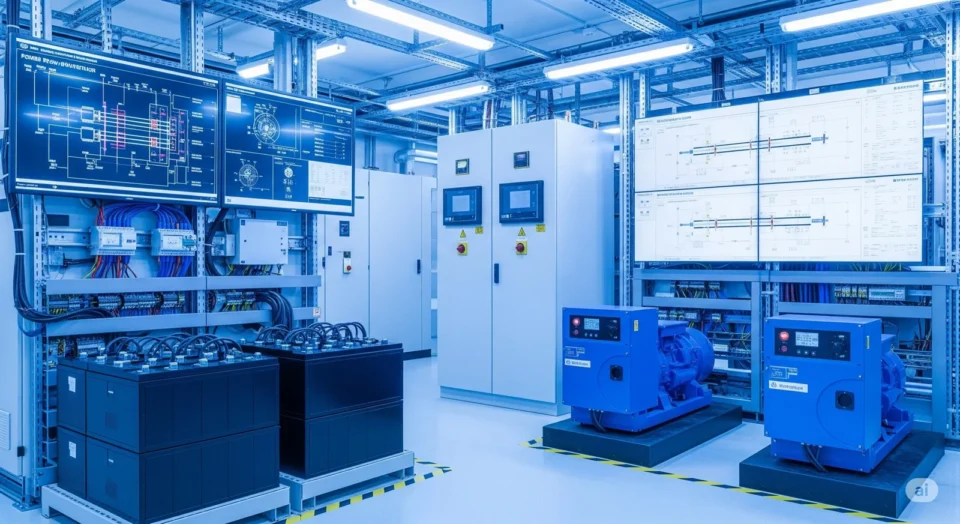In Thailand, a stable power supply is essential for both business operations and home electronics. With frequent thunderstorms and urban development leading to occasional power disruptions, safeguarding your sensitive equipment is a primary concern. An uninterruptible power source (UPS) offers a vital defence against sudden power cuts and voltage fluctuations, providing a continuous supply of electricity during an outage.
Selecting the right device is about more than just buying a battery backup. It involves understanding your specific power needs and the challenges of the local electrical grid. The purpose of an uninterruptible power source is to give you enough time to save your work and shut down your systems safely, or to keep essential equipment running until a generator takes over. This protection prevents data loss, hardware damage, and costly downtime.
For home users, protecting personal computers, home entertainment systems, and network devices is often the main goal. For businesses, the scope is much larger, covering everything from servers and data centres to point-of-sale systems and medical equipment. The first step in choosing a UPS is to identify what equipment needs protection and to calculate its total power consumption.
Understanding Your Power Requirements
Before selecting a UPS, you need to calculate the total load you plan to connect. Every electronic device has a power rating listed in watts (W) or volt-amperes (VA). Sum up the total wattage of all the devices you intend to protect. It’s a good practice to choose a UPS with a capacity that is about 20-25% higher than your total load. This buffer accommodates future additions and ensures the UPS operates efficiently without being strained.
Another important factor is runtime—the number of minutes the UPS can power your connected equipment during an outage. This can range from a few minutes to over an hour, depending on the model and the load. For a home office computer, five to ten minutes is often sufficient to save documents and perform a proper shutdown. For business servers or other vital systems, a longer runtime might be necessary to ensure continuity until the main power is restored.
Types of UPS Systems
There are three main types of UPS systems, each offering different levels of protection.
Standby (or Offline) UPS: This is the most basic and affordable type. During normal operation, it passes utility power directly to the connected devices. When it detects a power problem, it quickly switches to its internal battery. This type is suitable for personal computers and non-essential electronics in a home or small office setting.
Line-Interactive UPS: This model offers an intermediate level of protection. It includes a feature that regulates minor voltage fluctuations without switching to the battery. This is particularly useful in areas with unstable power, as it helps preserve battery life for complete outages. It’s a great choice for small business servers, network equipment, and gaming setups.
Online UPS: An online UPS provides the highest level of protection. It continuously converts incoming AC power to DC to charge the battery, and then back to AC to power the connected devices. This means your equipment is always running on clean, isolated power from the battery, completely shielding it from all power disturbances. These systems are designed for data centres, medical facilities, and industrial equipment where even a momentary interruption is unacceptable.

